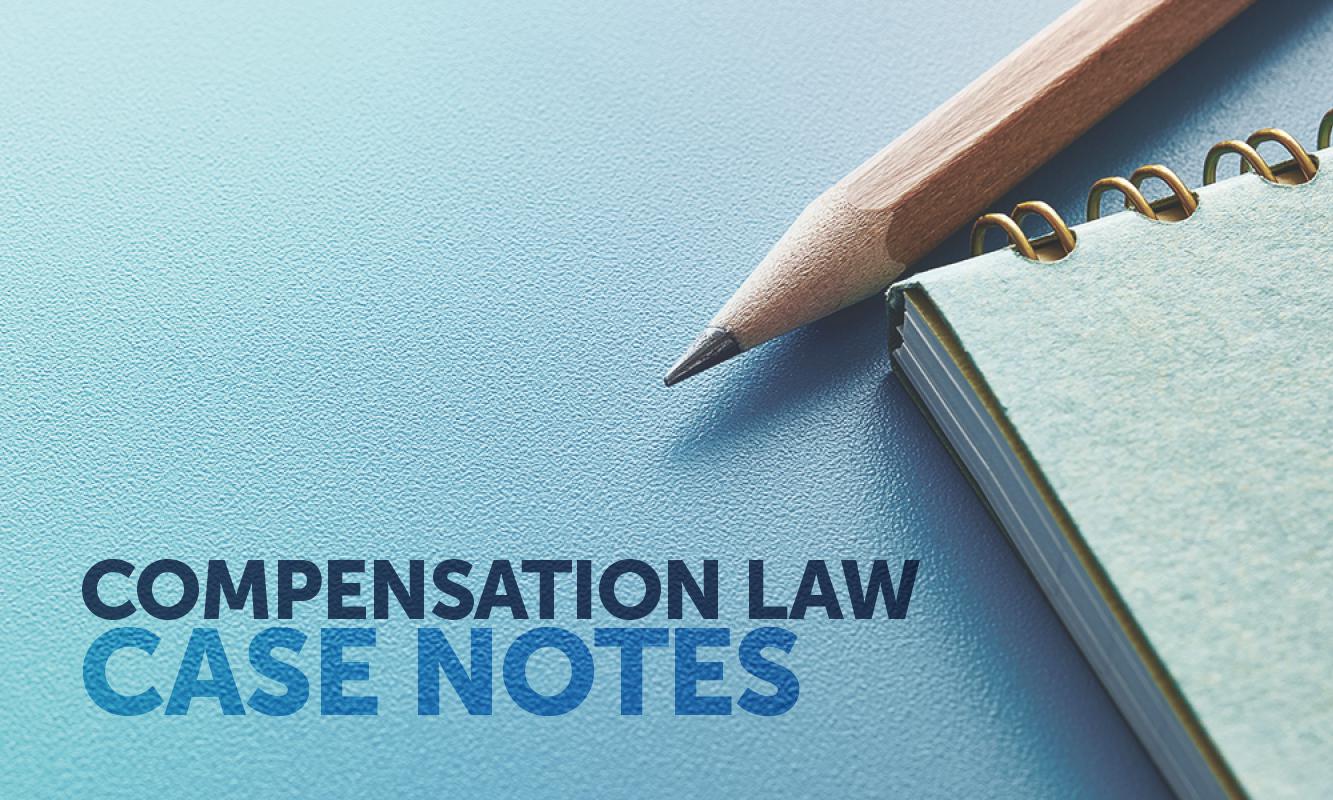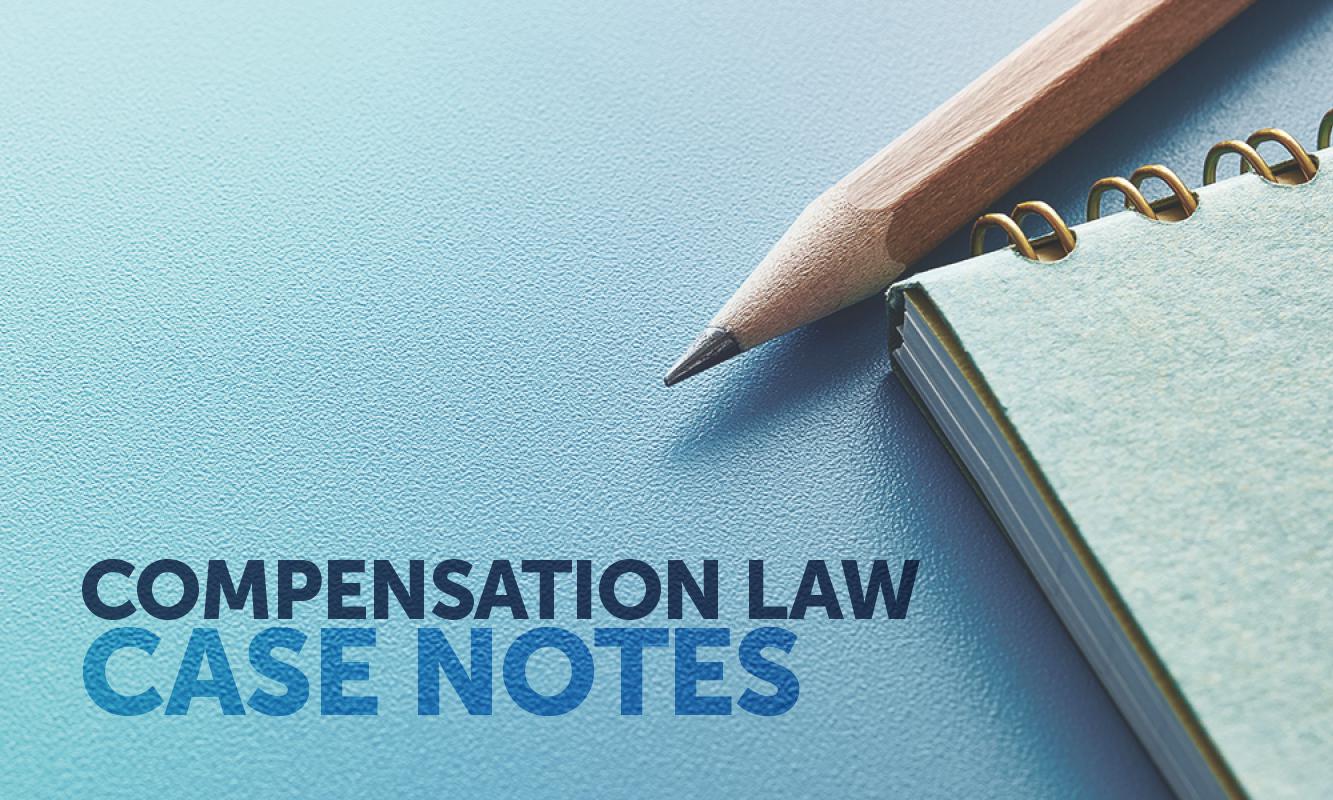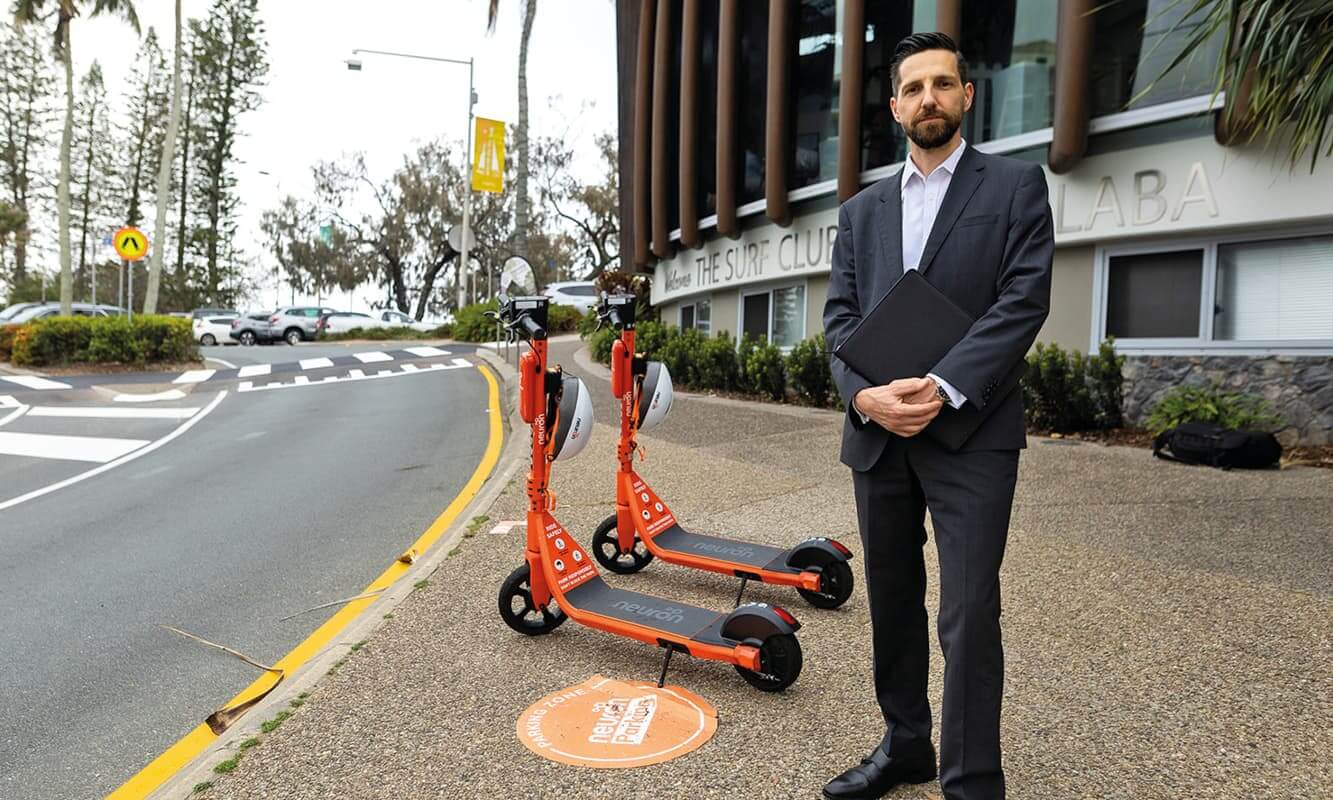…due inquiry and search – unable to establish identity of responsible motor vehicle or driver – statues – interpretation
The plaintiff was riding his Honda motorcycle along Redland Bay Road in Capalaba on 11 March 2019.
It was about 5.15pm in the afternoon when a light truck passed him to his right and then moved into the lane in front of him. A small piece of wood fell from the back of the truck into the path of the plaintiff. He swerved his motorcycle to avoid the piece of wood, with his front wheel clearing the piece of timber, but his rear wheel going over the top of it. The plaintiff identified the truck as being white in colour but saw no other identifying markings or signage.
At the time, the plaintiff believed he had suffered some sort of torsional force applied to his back, noting that, at the time, he was doing approximately 70km an hour. The plaintiff next saw the truck, from which the timber had fallen, when it was making a right-hand turn from Redland Bay Road into Sevenoaks Street. When he saw the truck in that position it was some 300-400 metres ahead of him, with the plaintiff starting to accelerate on his bike from 70km an hour towards 80km an hour.
The plaintiff conceded that he had the truck within his view for about 20 seconds, and in that period of time he could have obtained the truck’s registration, but he had not done so. The plaintiff could not recall whether the truck turned right into Sevenoaks Street or had executed a U-turn to proceed outbound back along Redland Bay Road.
The defendant noted that quantum in the matter had been agreed between the parties, and the only issue for determination was whether or not the plaintiff had satisfied s31(2) of the Motor Accident Insurance Act 1994. That is, had the plaintiff undertaken proper inquiry and search in order to identify the white truck from which the piece of timber had fallen?
Decision
- the claim was dismissed
- the judge will hear the parties as to costs.
Ratio
The evidence before the court was that the plaintiff reported the incident to his supervisor the next day at work, and his employer went to the incident site to look for the piece of wood and take photographs of the area.
It was in October 2019 that the plaintiff sought legal advice and thereafter notified the police of the accident. He also attended three businesses situated on Redland Bay Road – near where the incident occurred – in order to see if any CCTV footage of the day in question existed. None was found.
He then lodged a claim against the nominal defendant and engaged his own investigator to make inquiries but was unable to provide any useful information. The nominal defendant did likewise, including inquiries with people who lived on Sevenoaks Street and the nearby vicinity – no useful information was gathered.
In cross-examination the plaintiff said that he had canvassed Sevenoaks Street and another nearby street on many occasions in the months after the accident, but that evidence was not accepted by the court. The judge referred to New South Wales decisions regarding ‘proper inquiry and search’, including the decision of the Nominal Defendant v Meakes (2012) 60 MVR 380.
Drawing on similarities in that case, the judge noted that the capacity of the plaintiff in these circumstances to record the registration number was not as simple as that in Meakes. However, the plaintiff had 20 seconds in which to put himself in a position where he could have observed the number plate of the truck, and there was nothing that would have prevented him from doing so.
The judge found that the plaintiff could have, without great difficulty, observed and remembered the number plate of the vehicle, and he was aware, immediately after his motorcycle passed over the piece of timber, that he had suffered an injury and could reasonably have been expected to obtain the relevant details at the time. But, by failing to attempt to obtain the number plate, he had failed to engage in any proper inquiry and search. The claim was dismissed.
The judge also considered two propositions put by the nominal defendant. One was that proper inquiry and search would have required the plaintiff to return to the site of the incident for a few days (at about the same time as the incident), in order to observe the traffic and look for the vehicle. The judge held that this would not have been reasonable given the traffic which passes along Redland Bay Road and the absence of any evidence to suggest that the vehicle might pass that way again. It was unrealistic and the plaintiff is not required to take steps which are no more than ritual and unlikely to be productive.
As to the second issue raised by the nominal defendant, that is, that the plaintiff should have taken some reconnaissance of Sevenoaks Street and nearby areas, the judge agreed that this would have been appropriate within a short time after the incident. But, given that there was no unusual activity which might have alerted the residents of Sevenoaks Street, the inquiries might not have borne fruit.
However, those inquiries within a short period may well have constituted proper inquiry and search. The placing of notices seeking information in letter boxes in that street would, for example, have been a reasonable step to take in the circumstances. To go back a good deal of time later would have been a triumph of enthusiasm over reason, because the period of inquiry which could have been made was when the “scent was cold”.
This compensation law casenote appears courtesy of Travis Schultz & Partners (TSP), where the author, Tim McClymont, is a Partner. As part of the firm’s commitment to providing ongoing legal education, TSP practitioners review relevant judgments and prepare case summaries for the legal profession. A free searchable catalogue of compensation law casenotes is available at schultzlaw.com.au/case-summaries (registration required). The full version of the judgments can be found at austlii.edu.au.














Share this article